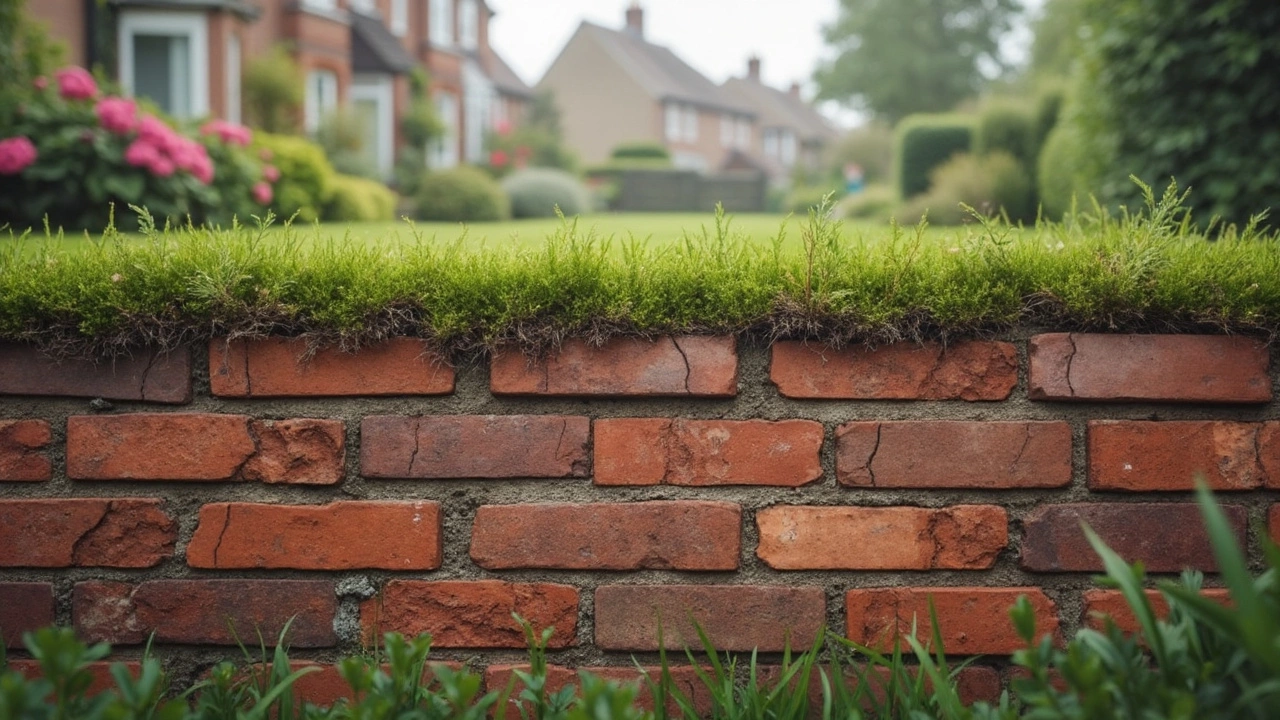Serious Foundation Crack – What It Means & How to Fix It
If you notice a wide, jagged crack in your walls or floor, it's probably more than just a cosmetic issue. A serious foundation crack can signal that the ground beneath your house is moving, and if you ignore it, the whole structure can become unsafe. In this guide we’ll walk through how to identify a real problem, what you can do right away, and when it’s time to call in the experts.
Spotting a Serious Crack
First thing: not every line in your plaster needs a contractor. Look for cracks that are:
- Wider than 1/4 inch (about the thickness of a pencil)
- Growing longer or wider over weeks
- Accompanied by doors that stick, windows that won’t close, or uneven floors
If you see any of these, grab a ruler, note the exact size, and take a photo. That record helps both you and any professional you hire to see how fast the crack is changing.
Another red flag is a stair‑step pattern in brickwork or a diagonal crack that runs from corner to corner. Those often mean the foundation is shifting in two directions at once, which can lead to major structural damage.
Fixing and Preventing Future Damage
Once you’ve confirmed the crack is serious, the next step is to stop water from making it worse. Direct downspouts away from the house, keep gutters clear, and consider adding a drainage layer around the perimeter if moisture is a constant problem.
For the crack itself, DIY solutions work only on very small, non‑structural cracks. Epoxy injection or hydraulic cement can seal a hairline opening, but a true foundation crack needs a professional assessment. Most contractors will start with a foundation inspection, which may include laser leveling, soil testing, and sometimes a small excavation to see what’s happening below the slab.
Common repair methods include:
- Piering: Steel or concrete piers are driven deep into stable soil to lift and steady the sagging part of the foundation.
- Underpinning: Additional support is added beneath the existing footings, often using concrete or helical piles.
- Wall anchors: For homes with bowing basement walls, anchors can pull the wall back into shape.
Each method has a price range, so ask for at least three quotes and make sure they explain why they recommend a specific approach. The cheapest option isn’t always the best if it won’t hold up long term.
After repairs, keep an eye on the repaired area for at least a year. Small movements are normal, but any new cracks or widening of the old one mean you need a follow‑up visit.
Prevention is cheaper than repair. Plant trees away from the house, avoid deep excavations near the foundation, and maintain consistent indoor humidity to reduce soil swelling and shrinking.
Bottom line: a serious foundation crack isn’t something to brush off. Measure it, stop water damage, call a qualified foundation specialist, and choose a repair method that matches the cause. Taking action early saves you money, stress, and keeps your home safe for years to come.
Foundation Crack Size: When Does It Become a Real Problem?
- Gavin Whitaker
- |
- |
- 0
Worried about cracks in your home's foundation? This article digs into which crack sizes are harmless and which should send you running for repair help. We break down the types of cracks, what causes them, and red flags that shouldn't be ignored. With clear examples and no-nonsense advice, you'll know exactly when you need to call in the pros. Get practical tips to spot the difference between normal settling and real trouble.
View more